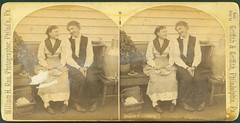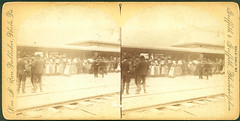The History of Medicine Division of the National Library of Medicine and the Office of History at the National Institutes of Health are pleased to announce a symposium:
Finished Proofs? A symposium to celebrate the 150th anniversary of the publication of On the Origin of Species (1859)
Location: Lister Hill Auditorium, National Library of Medicine (NIH)
8600 Rockville Pike, Bldg. 38A
Bethesda, MD
Date: 1 October 2009
Time: 9:00 AM – 6:15 PM
SPEAKERS:
Janet Browne, Harvard University
Eric Green, National Human Genome Research Institute
Michael Ruse, Florida State University
Barry Werth, Independent Author
Edward O. Wilson, Harvard University
COMMENTATORS:
Nathaniel Comfort, Johns Hopkins University
Alan E. Guttmacher, National Human Genome Research Institute
Joe Palca, National Public Radio
Maxine Singer, Carnegie Institution for Science
All are welcome.
Michael J. North, northm@mail.nih.gov
Head of Rare Books & Early Manuscripts
History of Medicine Division
National Library of Medicine
8600 Rockville Pike
Bethesda, MD 20894
(301) 496-9204 * fax (301) 402-0872
http://www.nlm.nih.gov/hmd
National Institutes of Health
Department of Health and Human Services

